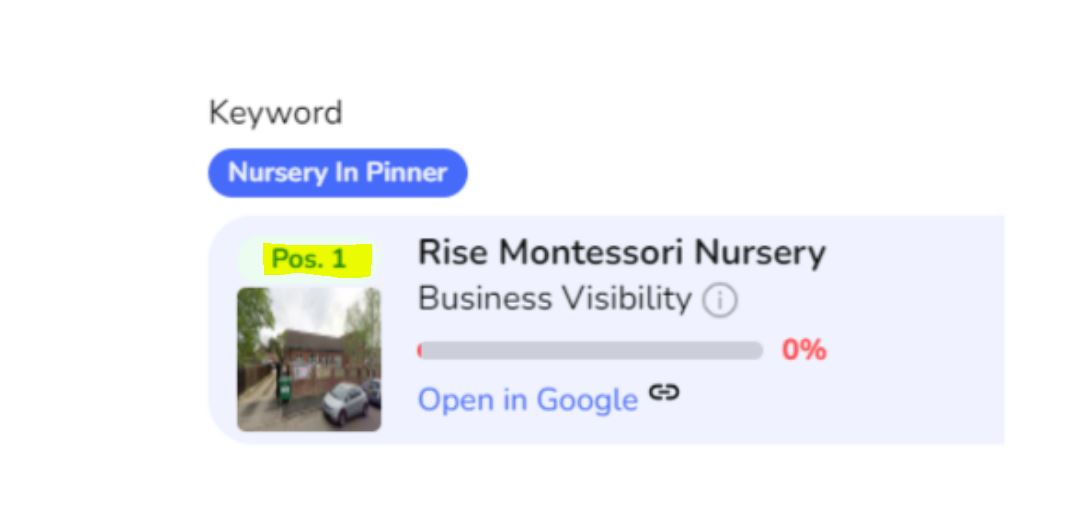In the ever-evolving world of digital marketing, one thing remains unchanged—content is still king. No matter how many algorithm updates search engines roll out, quality content continues to drive traffic, engage users, and improve rankings. But writing just any content won’t cut it. To succeed in today’s competitive landscape, you need SEO-friendly articles that not only attract search engines but also provide real value to readers.
 Why Content is Still King
Why Content is Still King
1. Content Builds Trust and Authority
Well-researched and informative content positions your website as an industry leader. Users trust sites that provide insightful and valuable information, which leads to increased engagement and conversions. The more high-quality content you publish, the more you establish yourself as an expert in your field. Over time, this builds credibility and encourages repeat visitors.
2. Search Engines Love Quality Content
Google prioritizes content that is relevant, in-depth, and valuable to users. High-quality content with proper optimization helps search engines understand what your website is about and rank it accordingly. Search engines analyze user engagement metrics such as time on page, bounce rate, and backlinks to determine if your content is truly valuable.
3. Drives Organic Traffic
The more useful and engaging your content is, the more people will share and link to it. This natural process boosts your rankings, leading to increased organic traffic over time. Evergreen content—content that remains relevant over long periods—continues to bring traffic months or even years after publication, making it an excellent long-term strategy.
4. Enhances User Experience
Good content keeps visitors on your website longer. When users find relevant and engaging information, they are more likely to explore other pages, reducing bounce rates and increasing conversions. Interactive content such as quizzes, infographics, and videos further improves user experience and keeps visitors engaged.
How to Write SEO-Friendly Articles That Rank
- Do Keyword Research
Before writing, identify the keywords your audience is searching for. Use tools like Google Keyword Planner, Ahrefs, or SEMrush to find relevant keywords with high search volume and low competition. Focus on long-tail keywords, as they often have less competition and attract more targeted traffic.
- Write for Humans First, Search Engines Second
While SEO is important, your content should always be written for people, not just algorithms. Keep it engaging, informative, and easy to read. Avoid keyword stuffing and instead, use keywords naturally within the content.
- Use a Clear Structure
Break your content into headings, subheadings, bullet points, and short paragraphs. This improves readability and helps search engines understand your content’s hierarchy. Readers should be able to scan your article and find key takeaways quickly.
- Optimize Meta Titles and Descriptions
Your title and meta description should include your target keyword and entice users to click on your page in search results. A well-crafted meta description increases your click-through rate (CTR), which can boost your rankings.
- Add Internal and External Links
Link to relevant internal pages to keep users on your website longer. This helps distribute page authority and improves site navigation. Also, reference authoritative external sources to add credibility to your content. Outbound links show search engines that your content is well-researched and valuable.
- Use High-Quality Images and Alt Text
Visual elements make content more engaging. Optimize images with descriptive alt text to improve accessibility and SEO. Images should be properly compressed to ensure fast loading times, as page speed is a ranking factor.
- Focus on Readability
Use simple language, avoid jargon, and write in a conversational tone. Tools like Hemingway Editor or Grammarly can help refine your writing for clarity. Short sentences and active voice make content more digestible.
- Encourage Engagement
End your article with a call to action (CTA) to encourage comments, shares, or further exploration on your site. Ask questions, invite feedback, or prompt readers to take specific actions that align with your goals.
- Update and Refresh Old Content
Content that is regularly updated tends to perform better in search rankings. Revisit old articles, update outdated statistics, and add new insights to keep your content fresh and relevant. This can also lead to improved rankings and sustained traffic growth.
- Leverage Different Content Formats
Not all users consume content in the same way. Repurpose your blog posts into videos, podcasts, infographics, or downloadable guides to reach a wider audience. Multimedia content can improve engagement and attract visitors who prefer different types of content.

Why Choose Digikestra?
Digikestra is a trusted partner for businesses looking to improve their digital presence. With expertise in crafting high-quality, SEO-optimized content and helps brands drive engagement, enhance visibility, and achieve sustainable growth through data-driven marketing strategies.
Content is not just about stuffing keywords and hoping for rankings—it’s about providing real value to your audience. Well-written, informative, and engaging content can boost traffic, increase credibility, and enhance user experience. By following these SEO best practices, you can create content that consistently ranks well and drives results. If you need expert help in creating SEO-friendly content that ranks, a SEO agency in London can provide the right strategies to improve your online presence and drive measurable results.
Frequently Asked Questions
1. Why is content still considered king in digital marketing?
Content remains the foundation of digital marketing because it drives traffic, builds authority, and enhances user engagement. Quality content is essential for SEO success and audience retention.
2. What are the key elements of an SEO-friendly article?
An SEO-friendly article should include proper keyword usage, clear structure, engaging content, optimized meta descriptions, internal and external links, and high-quality visuals.
3. How often should I update my content for better SEO?
Regular content updates are recommended, ideally every few months. Refreshing outdated statistics, adding new insights, and optimizing keywords can improve search rankings.
4.How does Digikestra help businesses with content marketing?
Digikestra specializes in creating high-quality, SEO-optimized content tailored to business needs. Our strategies focus on improving engagement, increasing visibility, and driving conversions.
5. What are some common mistakes to avoid when writing SEO content?
Common mistakes include keyword stuffing, lack of structure, poor readability, ignoring meta descriptions, and failing to update outdated content.







